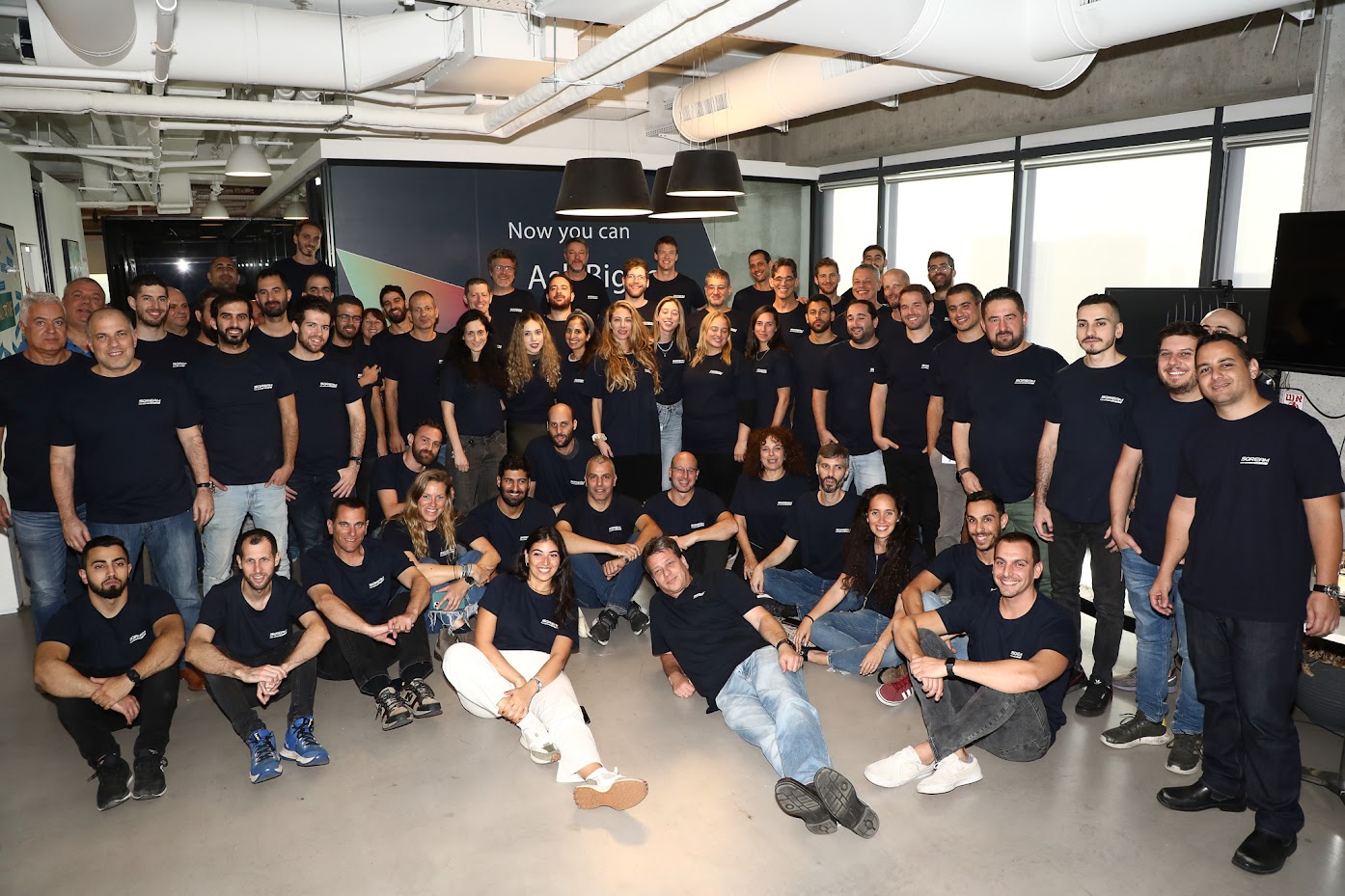Article by Fernando Florez, Chief Revenue Officer at Making Sense
AI has become a buzzword nowadays, almost to the point where what it actually can offer and how it can be utilized has lost all meaning. There are far too many solutions out there claiming that it is something completely new when oftentimes it has always been in place.
However, AI can really be a great aid, especially in something like the product development lifecycle. According to Gartner research, AI-driven analytics tools are quite simply going to be the most important source for 40% of product enhancements by 2026. In our opinion, it’s crucial to remember that “AI is a tool but not a solution; Human critical thinking must accompany its findings.”
From processing vast amounts of data to offering insights and recommendations or automating other time-consuming basic tasks, AI can offer plenty in the product development lifecycle, provided it doesn’t replace a human’s unique creativity.
Let’s outline in detail where AI can help out in the product development lifecycle, before looking at some examples to demonstrate this.
Product Development Stages
Firstly, it’s important to remember that AI doesn’t have to be limited to one specific element of product development. It would be easy to assume that it can just mine data or use it as a coding copilot, but remember that AI can contribute to the decision-making process. If you take something like UX design, AI can generate prototypes and enhance the design process through generating images, designs, code snippets, and even simulations.
For example, Making Sense partnered with an online education services provider to create a platform that would provide tailored tutoring to children based on their learning profiles. The prototype process involved using AI-powered wireframing tools to create simple interfaces in seconds and iterate from there.
Again, it’s worth reiterating that product designers themselves are simply using AI to work more efficiently rather than replacing their work. A Mckinsey report highlights that fact, with 35% of respondents saying that they do not expect any change in the number of employees in product design or services as a result of using AI.
On the development side, AI can once again help with decision-making around system design. For example, automated code reviews do not replace human reviews, but they help acquire feedback faster with an easier workflow.
Finally, product designers can use AI to replicate user behavior to gather information from usability tests. If a healthcare client develops an app to improve access to care but finds that users prefer the desktop version or even calling the clinic due to the mobile app’s poor design, then redesigning the mobile app to be more user-friendly is essential, and automated testing can be used to ensure the application works across various devices and scenarios.
Industry Examples of Integrated AI in Product Development
If we look at the product development lifecycle, then there are plenty of other industries that have begun utilizing AI in their processes. Businesses can gather data from market trends, competitor analysis, and customer analysis through the use of machine learning algorithms.
For one of our clients in the fintech space, customer acquisition was primarily conducted through a call center which is much less efficient and has an abandonment rate of between 5-8%. With data analytics and machine learning to identify the friction points in the conversion process, the company could develop hypotheses for the reasons behind the abandonment rate, in order to improve conversion rates.
After finding the hypotheses and assessing which would have the biggest impact on ROI, the company could use real-time data analysis to look at the database and extract authentic data, and validate the hypotheses. Then technological solutions could be implemented such as a WhatsApp contact bot to automate the collection of documents and information from customers, which streamlines the process and reduces human error. Finally, the use of ML algorithms can be explored to automate and optimize the process of information validation and decision-making.
Elsewhere in healthcare, large volumes of information can be gathered with generative AI to save time and improve the writing and reviewing of grants for the research and development process of product development. According to McKinsey, Gen AI could lead to 15-20% increase in productivity from automatically drafting clinical study reports, which translates into savings of up to $200 million in the R&D of just one condition such as Tuberculosis.
Final Thoughts on AI in Product Development
There is no doubt that AI has the potential to continue revolutionizing the product development lifecycle. If businesses can use the tools we’ve discussed today wisely, they’ll achieve the objectives they might have, such as accelerated product design, better resource optimization, and improved product analysis.
Generative AI implies that data normalization techniques will keep becoming more advanced, which in turn, empowers organizations to be more data-driven in their pursuits. Lastly, it’s worth reiterating that businesses should look to ensure that AI is curated properly and ultimately used sensibly alongside important human work.
With the growing number of AI tools available for product development, it’s easy to become overwhelmed by the options. A strategic approach is essential. One effective method is to develop a tailored framework that helps assess tools based on criteria such as quality, security, compliance, and suitability for organizational use. This ensures that only the most reliable and appropriate technologies are implemented across the company.









